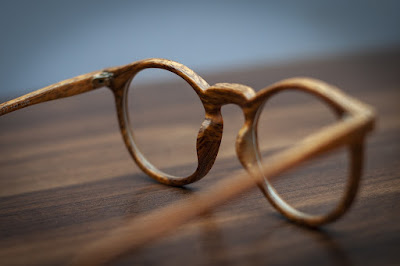Myopia, also referred to as near-sightedness, is one of the conditions of the eyes in which an individual develops burred-distance vision. This problem can be corrected with the help of concave spectacles or lenses that would allow the refocusing of an image on the retina. It is one of the most commonly reported eye-related problems in the Asia region, and its prevalence is also increasing around the world. This condition not only relates to health and reduced quality of life but also to the economy, as it increases the financial burden on individuals as well as society.
Due to the increased burden on health and the economy, it seems imperative to promote knowledge among people regarding the factors that could help reduce the risk and incidence of myopia. For instance, it is important for children to spend a large amount of their time outdoors, as it helps reduce the risk of myopia in them. This reduction in the risk of myopia is due to the protective effects of natural light as well as the release of retinal dopamine, which would help in dealing with visual abnormalities.
Aside from the protective factors of light in the outdoors, it is
also important to work on risk factors that can be associated with the
development of myopia. These risk factors may include an increased level of
engagement in near-work processes. On a further note, several possible factors
that may also require more work to deal with the problem of myopia may include circadian
rhythm, spatial frequency of the visual environment, socio‑economic
status, nutrition, sleep, smoking, and education. For instance, in the case of
food and nutrition, an increased consumption of whole grains, refined
carbohydrates, higher saturated fats, and cholesterol can be associated with an
increased risk of myopia. Socio‑economic status, higher education,
urbanization, and housing have been found to be linked to near-work processes
that can eventually be related to myopia.
Consequently, the researchers stated, “Improving the modifiable
key environmental predictors like time spent outdoors and engagement in near
work can prevent or slow the progression of myopia.”
References
Biswas, S., El Kareh, A., Qureshi, M., Lee, D. M. X., Sun, C. H., Lam, J. S. H., . . . Najjar, R. P. (2024). The influence of the environment and lifestyle on myopia. J Physiol Anthropol, 43(1), 7. https://doi.org/10.1186/s40101-024-00354-7



No comments:
Post a Comment